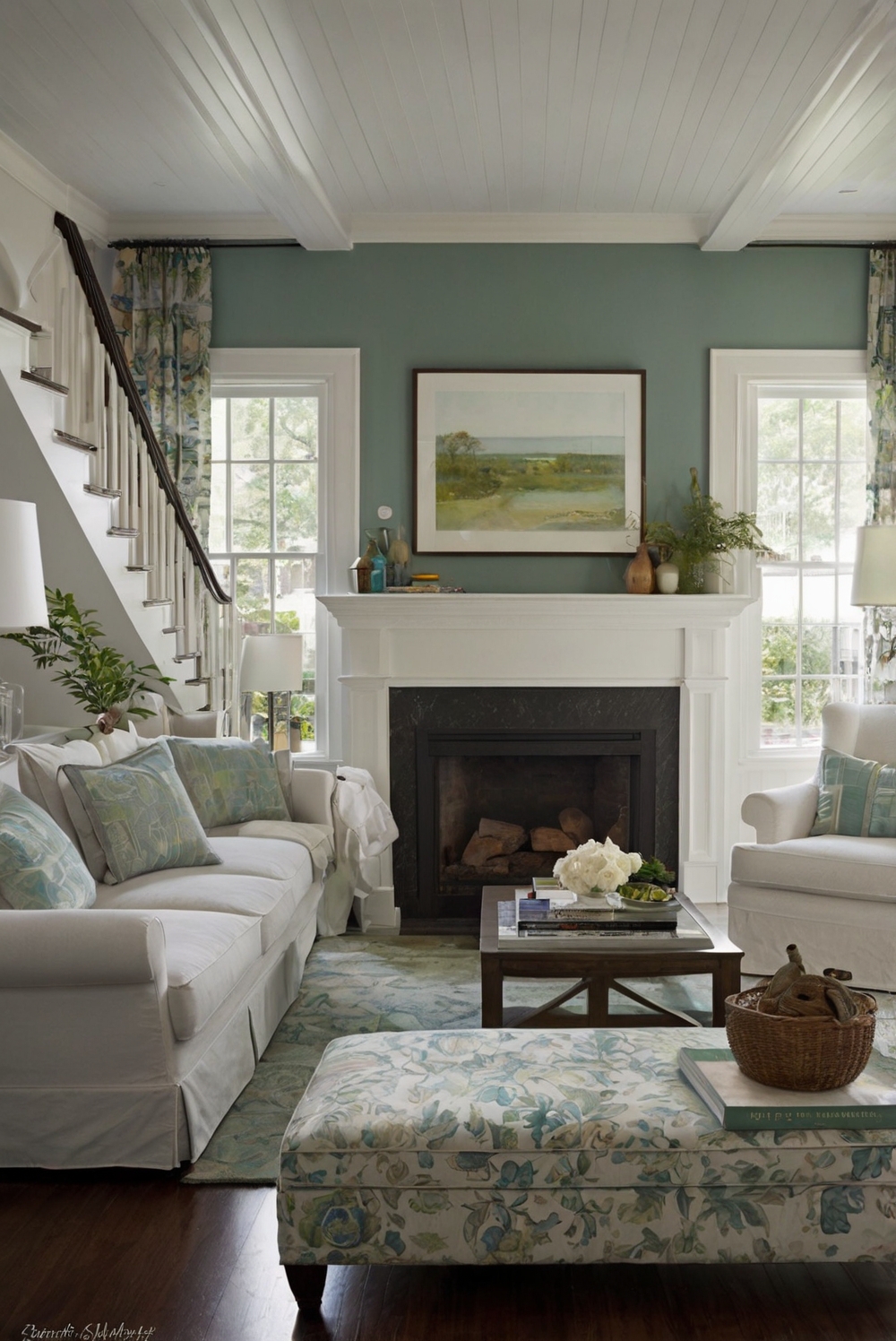Discover the best practices for arranging living room sofas in this daily interior designer routine. Elevate your decor game with expert tips for optimal furniture placement.
The best practices for arranging living room sofas involve considering the layout of the room, the size of the sofas, and the traffic flow. Start by measuring the available space and determining the focal point of the room. Place the largest sofa against a wall to create a cozy seating area. Use smaller sofas or chairs to balance the room and maintain an open flow. Consider the color and style of the sofas to complement the overall decor. Remember to leave enough space for walking and ensure that the arrangement allows for interaction among guests. Be mindful of the traffic flow and avoid blocking entrances or pathways.
When arranging living room sofas, consider the principles of space planning and interior design. Choose furniture that fits the scale of the room and maintain a balance of elements. Coordinate colors and patterns to create a cohesive look. Position the sofas to allow for easy conversation and movement around the room. Pay attention to natural light and incorporate adequate lighting sources for function and ambiance. Consider the functionality of the space and arrange the sofas in a way that serves the needs of the occupants. By following these best practices, you can create a well-designed living room that is both functional and visually appealing.
What Are the Best Practices for Arranging Living Room Sofas?
Arranging living room sofas is crucial for creating a comfortable and aesthetically pleasing space. Consider the following key points to achieve the best layout:
1. Consider the Room Size and Layout:
Before arranging your living room sofas, take into account the size and layout of the room. Measure the dimensions to ensure your furniture fits appropriately without overcrowding the space. Leave enough room for easy movement around the sofas.
2. Define the Focal Point:
Identify the focal point of the room, such as a fireplace, TV, or a large window. Arrange your sofas to face this focal point to create a balanced and visually appealing layout. This arrangement will also encourage conversation and social interaction.
3. Create Conversation Areas:
When arranging multiple sofas, create distinct conversation areas by placing them facing each other. This setup fosters communication and interaction among the occupants. Use coffee tables or ottomans to anchor the seating arrangement and provide a surface for drinks or snacks.
4. Balance and Symmetry:
When arranging living room sofas, aim for balance and symmetry to create a cohesive look. Place similar-sized sofas or a sofa and loveseat combination across from each other to maintain visual harmony. Add accent chairs or decorative elements to enhance the balance of the space.
5. Accessorize with Pillows and Throws:
Add decorative pillows and throws to your living room sofas to inject color, texture, and personality into the space. Choose pillows that complement the sofa color and style while incorporating different textures for visual interest. Throws can provide warmth and coziness while also serving as decorative accents.
In conclusion, arranging living room sofas involves thoughtful consideration of the room size, layout, focal point, and creating conversation areas. By following these best practices, you can achieve a well-balanced, inviting, and stylish living room layout that enhances both functionality and aesthetics.

